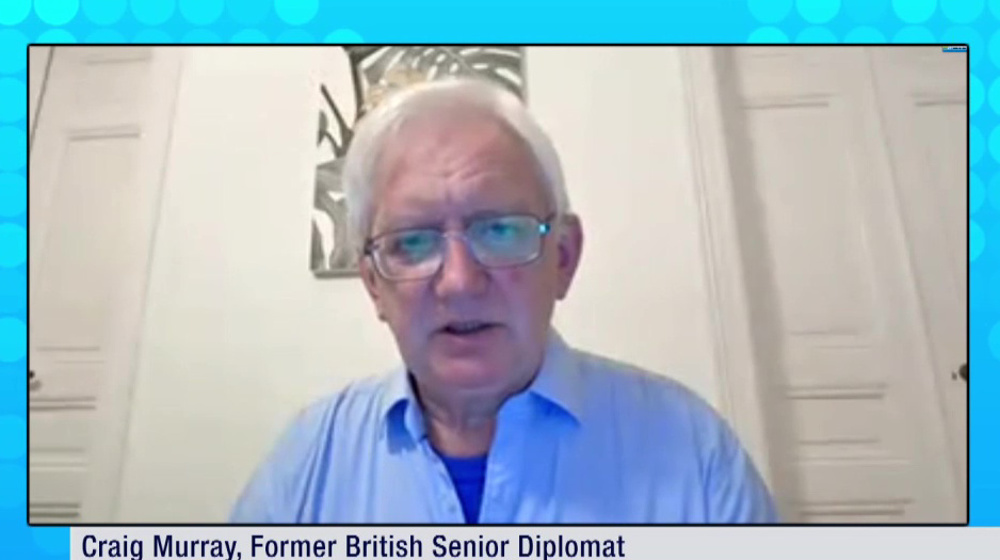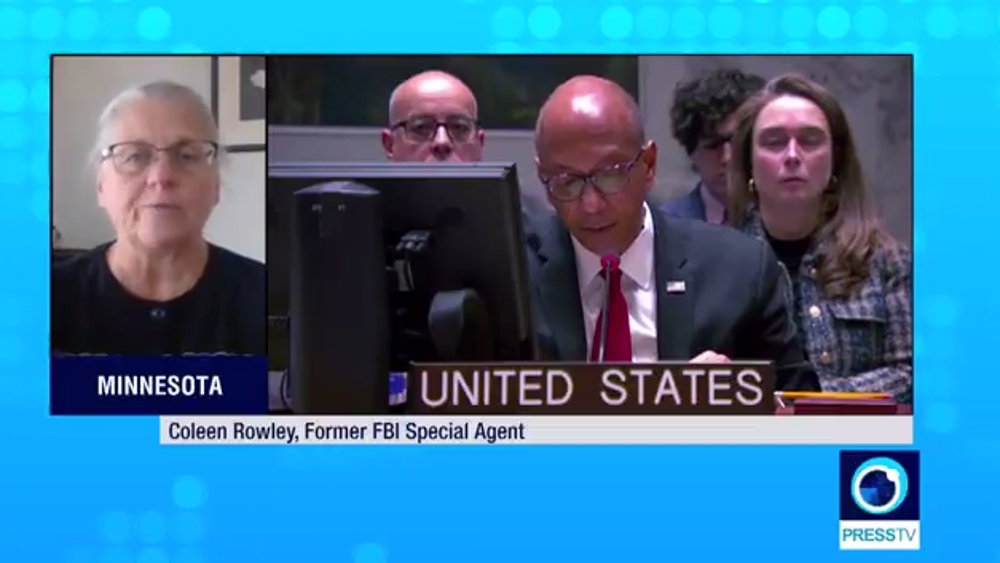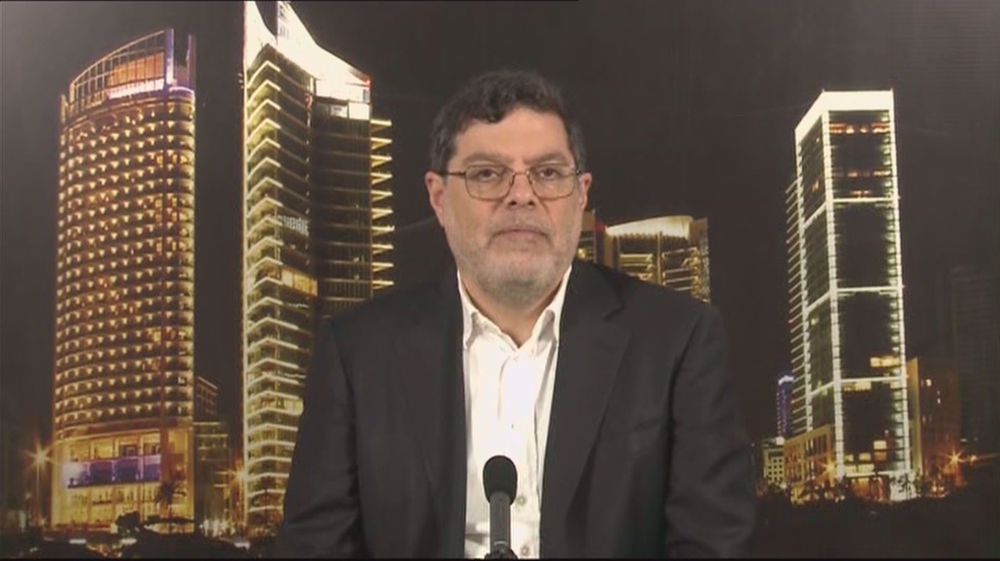US military might symbol torpedoed in Iran drills: Commander
Press TV has conducted an interview with Admiral Ali Fadavi, commander of Iran's Islamic Revolution Guards Corps (IRGC) Navy, to shed light on the significance of the country's massive drills currently ongoing in the Strait of Hormuz in the Persian Gulf.
The following is a rough transcription of the interview.
Press TV: Could you tell us about the significance of these military exercises because in the last couple of years the IRGC has always conducted similar military exercises but this one has been so special. What is so special about this round of military maneuvers and tell us about the main message to the outside world?
Fadavi: Greetings to all viewers. Today was when one of the drills of the IRGC was conducted named the Great Prophet Mohammad 9.
Definitely this drill had two messages. One to our enemies that our enemies should rest assured that they will never ever be able to win any possible battle against Iranians and also a message to our friends who can use the capabilities of Iran and of the IRGC as a role model and they can use that model against enemies no matter how powerful those enemies may seem and they can stand up to the enemies.

Another feature of the drills today was that the target used in the drills in order to be hit by different types of rockets and missiles, special weapons and all different types of weapons which were fired by different types of vessels from sea and air was the mockup of an aircraft carrier as the symbol of the military power of Americans.
Americans since the beginning of the revolution both in words and in deeds have shown their animosity towards Iran. Definitely this aircraft carrier is so vulnerable that it would be able to be targeted in any battle.
The US Secretary of Defense says this aircraft carrier which comes with a price tag of 13 billion dollars and it is very vulnerable by his own admission, IRGC vessels can target and sink this aircraft carrier.
So this is the message of this drill and the previous maneuvers. The US Secretary of Defense officially announced that the American naval strategy should be strengthened vis-à-vis this new strategy prepared by the IRGC.
Definitely the drills which kicked off yesterday and continued today, it will continue by tomorrow. Tomorrow the drills will feature the capabilities of the ground forces of the IRGC in the east of the Strait of Hormuz and different types of exercises will be featured there. Also different types of aircraft, drones, manned and unmanned aerial vehicles will take part in the maneuvers.

One of the special features of the drills is that this war game is being conducted in the most sensitive and strategic part of the world - the Strait of Hormuz. The Strait of Hormuz is definitely the most strategic and sensitive part in the world and given the role that the Islamic Revolution has played in the Strait of Hormuz and of course the security energy of the world passes through the Strait of Hormuz and all developments in the world depend on the energy resources of the Persian Gulf region and all energy resources in the whole world are not comparable to the amount of energy reserves in this region.
All countries are brothers of course... The Islamic Republic of Iran has 2,500 kilometers of borders, it is located to the north of the Persian Gulf on the Strait of Hormuz, it plays a key role in maintaining security and energy security for the whole world.
Over the past years, Americans under the pretext of ensuring energy security in different parts of the world including the Persian Gulf and the Strait of Hormuz, they were present there but according to the figures and the statistics, Americans have brought only great insecurity rather than security.

Let me tell you something. During the Iraqi war, 580 vessels were struck in the Persian Gulf. Regardless of who or what countries struck them but many years after the war, actually during the one and half year of the last part of the war, fifty percent of that number was targeted - almost half of that. It was a time when more than eight to six American vessels were present in the Persian Gulf under the pretext of ensuring security.
If the Americans had not come there, the number of vessels targeted would have been eight times less than what really happened. So when you compare these figures it means they increased insecurity in the Persian Gulf by eight times.
So definitely the regional countries in terms of their energy resources and capabilities, they themselves can ensure security for themselves and they can ensure energy security for the whole world and because of this special geographical situation that Iran has, Iran is able to maintain that energy security.
AHK/HMV

ICC's arrest warrant for Netanyahu to worry Western politicians: Former British diplomat

Former FBI agent criticizes US Congress for 'outright corruption'

Professor Marandi: 'There's no chance for Israel to win in Lebanon'
Palestinian prisoner dies from torture in Israeli jail: Rights groups
Iran calls for protection of minority groups in Syria
VIDEO | A breath of relief: Aid flows into Gaza after months of deprivation
VIDEO | Iran, Azerbaijan take cooperation to next level
Trump revokes protections for Pompeo, Brian Hook, Bolton
Ansarullah condemns US decision to blacklist it as terrorist organization
Gaza genocide: Over 15,000 schoolchildren killed, went missing
NATO chief: Europe ready to foot bill for US arms for Ukraine






 This makes it easy to access the Press TV website
This makes it easy to access the Press TV website